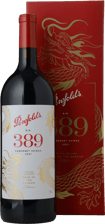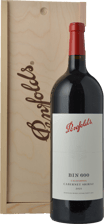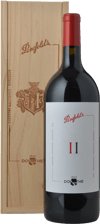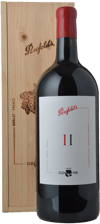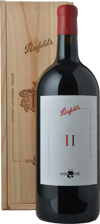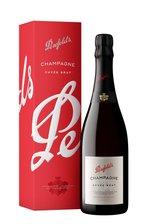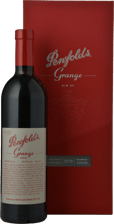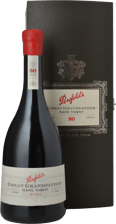Showing 79 products
Showing 79 products
97
AC
97
KG
$219.00
Price reduced from
$259.00
to
97
AC
97
KG
$219.00
Price reduced from
$259.00
to
96
TS
95
AC
95
DB
$2,545.00
96
TS
95
AC
95
DB
$2,545.00
96
TS
95
AC
95
DB
$7,990.00
96
TS
95
AC
95
DB
$7,990.00
95
CM
95
TS
94
AC
$2,545.00
95
CM
95
TS
94
AC
$7,990.00
100
AC
100
JS
100
TL
$895.00
100
AC
100
JS
100
TL
$895.00
96
LPB
96
HH
95
JC
$299.00
94
CM
94
DE
93
AC
$90.00
99
AC
99
NS
99
KG
$120.00
98
KG
97
JP
$189.95
98
KG
97
JP
$189.95
97
AC
95
NG
95
HH
$89.90
98
EL
98
JS
98
HH
$199.99

